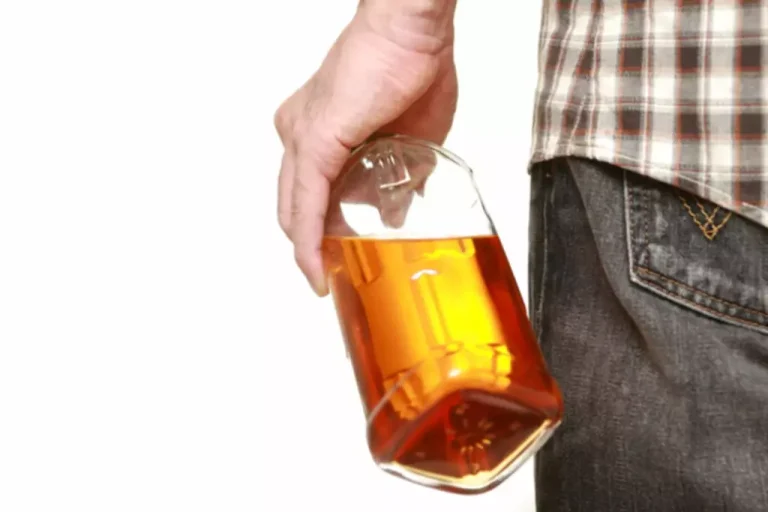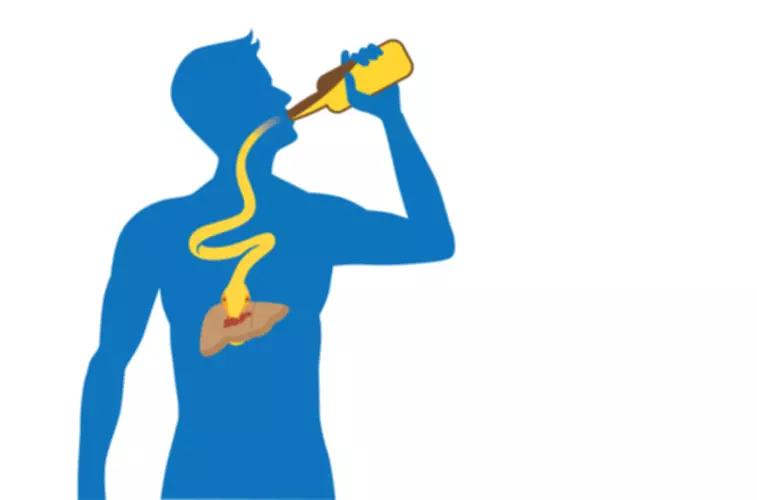03 Mar The Impact of Alcohol on the Brain Neurobiology of Brain Involvement


The following text introduces some of the neural circuits relevant to AD, categorized by neurotransmitter systems. These neural circuits include the dopaminergic, serotoninergic, glutamatergic and GABAergic neural circuits. Both dopaminergic and nondopaminergic neurons also carry dopamine receptors that are located on the nerve terminals outside the synapse (i.e., are extrasynaptic). Dopamine that has been released from a nerve terminal into the synaptic cleft can travel out of the synapse into the fluid surrounding the neurons and activate these extrasynaptic receptors. Through this mechanism, dopamine modulates the neurotransmitter release that is induced by cellular excitation (i.e., neurotransmitter secretion). For example, activation of some extrasynaptic D2-family receptors can inhibit the release of dopamine itself, thereby reducing dopaminergic signal transmission.
Can drinking raise my blood pressure?
In this study, it was shown that alcohol dependency comes with a 4-times increase in the risk of developing a major depressive disorder. Thiamine deficiency in alcohol dependence occurs because of poor absorption of thiamine from the GI tract, impaired thiamine storage and reduced thiamine phosphorylation in the brain, reducing the amount of active thiamine in the brain. There is evidence of a link between serotonin deficiency, impulsivity and drinking behaviour which may explain the role of SSRIs in suppressing alcohol reinforced behaviour in some https://ecosoberhouse.com/ alcohol-dependent patients. Alcohol dependence is characterised by deficits in the physiological dysregulation of motivation and reward systems, such as those in the limbic system, hippocampus, amygdala, caudate nucleus, frontal lobe and nucleus accumbens. In this neurodegenerative disorder, the decline begins with the dopamine-producing cells in the brain where movement is coordinated. As these cells degrade, motor function is compromised, which includes tremors, rigidity, bradykinesia or slowed movement, as well as changes in speech and gait.
Presynaptic regulation of dopamine release by dopamine and acetylcholine
Furthermore, repeated systemic aripiprazole administration decreases alcohol intake in alcohol‐preferring rats [180], while single oral administration dose‐dependently decreases alcohol self‐administration in outbred rats [181]. In addition, aripiprazole has been shown to reverse alcohol‐induced place preference and anxiety‐like behaviour in mice [182]. The fourth pathway which interests us and is of note for alcohol addiction is the pathway of glutamate. There have been some studies conducted into the involvement of this pathway in the process of alcohol addiction.
Gamma Aminobutyric Acid (GABA) Receptors
Investigators have postulated that tolerance is regulated by connections between neurons that produce multiple neurotransmitters or neuromodulators (Kalant 1993). For example, evidence indicates that vasopressin (a pituitary hormone with effects on body fluid equilibrium) plays an important role in maintaining tolerance to alcohol (Tabakoff and Hoffman 1996). Remarkably, a single exposure to a vasopressinlike chemical while an animal is under the effects of alcohol is followed by long-lasting tolerance to alcohol (Kalant 1993). The development of this long-lasting tolerance depends not only on vasopressin but also on serotonin, norepinephrine, and dopamine—neurotransmitters with multiple regulatory functions (Tabakoff and Hoffman 1996; Valenzuela and Harris 1997). The compensatory changes previously described might be involved in the development of alcohol-related behavior.
- Positive reinforcement is the process by which an action that results in pleasure, or reward, becomes repetitive.
- Low sunshine exposure can lead to reduced levels of mood-boosting neurotransmitters, including dopamine, and sunlight exposure can increase them (36).
- Furthermore, the severe side-effect profiles of many of these compounds may limit their clinical use.
- In humans, for example, the levels of serotonin metabolites in the urine and blood increase after a single drinking session, indicating increased serotonin release in the nervous system (LeMarquand et al. 1994a).
- Teenage nicotine and cannabis vaping is much more common and risky than adolescents (and maybe their parents) realize.


Faster dopamine uptake in the female subjects would have the net effect of decreasing the duration of neuromodulation produced by this transmitter. However, the increased uptake rate could be countered by the observed enhanced release, at least in female caudate. Nonetheless, altered dopamine kinetics or release could affect dopamine-dependent synaptic plasticity [42] that might subsequently affect new learning and behavioral flexibility.


Chemical messengers called neuromodulators modify the effects of neurotransmitters. Researchers currently are trying to determine whether alcoholics with abnormal serotonin metabolite levels have specific variations in the gene that codes for the enzyme tryptophan hydroxylase, which produces serotonin from other molecules in the cells. Several variants of the tryptophan hydroxylase gene exist; one variant appears to be particularly common in alcoholics with histories of aggression and suicidal tendencies (Virkkunen et al. 1995). Low sunshine exposure can lead to reduced levels of mood-boosting neurotransmitters, including dopamine, and sunlight exposure can increase them (36).


Although there exists promising preclinical results, the majority of placebo‐controlled randomized clinical trials with traditional dopamine antagonists and agonists have so far have been discouraging. Furthermore, the severe side-effect profiles of many of these compounds may limit their clinical use. Newer dopamine agents, such as partial agonists and dopamine stabilizers, attenuate alcohol‐mediated behaviours in rodents as well as humans. Preclinical as well as clinical does alcohol increase dopamine studies have shown that substances indirectly targeting the mesolimbic dopamine system may be potential targets for attenuation of alcohol reward. Collectively, the data reviewed herein may contribute to further understanding the complex mechanisms involved in development of alcohol dependence and we suggest that the newer dopamine agents as well as indirect modulators of dopamine signalling deserve to be further evaluated for treatment of alcohol dependence.
1. The brain reward system: the mesocorticolimbic dopamine system







No Comments